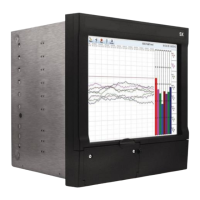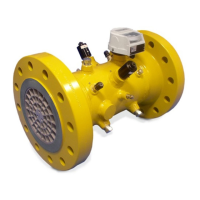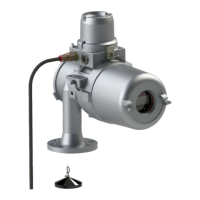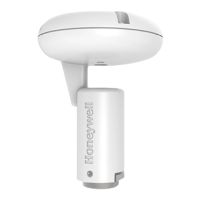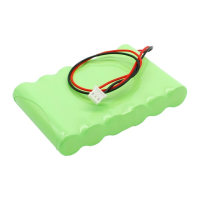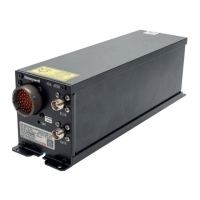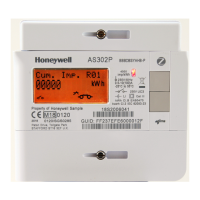2 Honeywell Sensing and Control
Signal Conditioning, Self Calibrating Digital Indicators
Rev. G, 008-0608-00
1.2 Related Documents
Customer Information Sheet
Every instrument is shipped with a Customer Information Sheet
which documents important information specific to each instru-
ment, such as:
• Partnumber,
• Dateofmanufacture,
• Listofallinstalledchannelsandtheirsetupinformation,
• CustomerspecicSensoCodeprogrammingofMathematics
Virtual channels and operation notes.
Communications Guide
The “SC Series Communications Guide”, document 008-0610-
00, describes in detail how to communicate with an SC Series
instrument using RS-232 and RS-485. Wiring diagrams, sample
programs, and descriptions of each command are included.
A printed copy of this document is available for order, or you may
download it from http://measurementsensors.honeywell.com.
Supplemental Instructions
If an instrument is configured with Mathematics Virtual channels,
one or more sets of Supplemental Instructions may be included.
These instructions contain important information about which in-
dicator lights, Function Input pins and/or Limit Output pins of the
System connector are used by the Mathematics Virtual channel.
1.3 What is the SC Series?
The SC Series of Signal Conditioners/Indicators are versatile,
multi-channel devices designed to operate with many different
types of sensors. Several different chassis types, Input chan-
nels, and Output channels are available to allow the configura-
tion of an SC instrument to meet a variety of measurement and
control needs. The operation of an SC instrument is based on
digital technology to provide improved accuracy, superior ease of
setup, and a wealth of features.
1.3.1 Features
The main features of the models SC2000, SC2001 and SC3004
are:
• Fouralarmlimits(optionalsixteen),withversatilesetup
• Automaticsetup,calibration,andscalingofstrain-gagesen-
sors through the use of Signature Calibration
• Fieldselectable,digital,low-passltering(“damping”)on
each Input channel
• Upto±50,000partresolution
• Fieldselectableve-,six-orseven-digit(9,999,999maxi-
mum) display
• RS-232communicationsstandard(RS-485optional)
• LocalorremotesetupusingtheRS-232orRS-485port
• Push-buttonon/offtarefeature
1.3.2 Chassis Models
Several models (i.e. chassis types) are available:
• SC2000:1to4physicalchannels,3/8DINcase
• SC2001:1to4physicalchannels,portablecase
• SC3004:1to14physicalchannels,19”rackmountcase,1
to 3 quad-line displays
1.3.3 Channel Types
Channels can be one of three types: Input, Output, or Virtual
Input Channels
Input channels are hardware circuit boards with a unique channel
number. Currently, they are available for the following types of
sensors:
• Strain-gagesensors,suchasunampliedpressuretransduc-
ers and load cells
• Sensorswithvoltageoutputs,suchastransducerswiththe
Option 2a, 2b, 2c, 2d, 2g, 2j, 2k, 2p, 2t or 2y internal ampli-
fier
• Sensorswithcurrentoutputs,suchastransducerswiththe
Option 2j, 2k or 2n internal amplifier
• ac-acLVDTs(LinearVariableDisplacementTransducers)
• dc-dcLVDTs
Output Channels
Output channels are hardware circuit boards with a unique chan-
nel number. They include:
• RelayOutputchannels,whichcanaddadditionallimitstothe
standard four.
• DACOutputchannels,whichprovideadditionalvoltageor
current outputs.
Virtual Channels
Virtual channels are software based devices that occupy a chan-
nel number, but not a physical slot, in an instrument.
• SplitDisplayVirtualchannelsallowthedisplayingofanytwo
channel’s track, peak or valley values at the same time.
• MathematicsVirtualchannelsrunsmallprogramswrittenin
an interpretive language called SensoCode. This provides
great flexibility which allows the SC Series to do many jobs
which otherwise requires a personal computer or PLC.
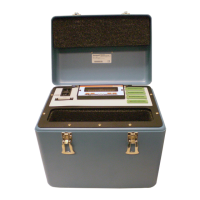
